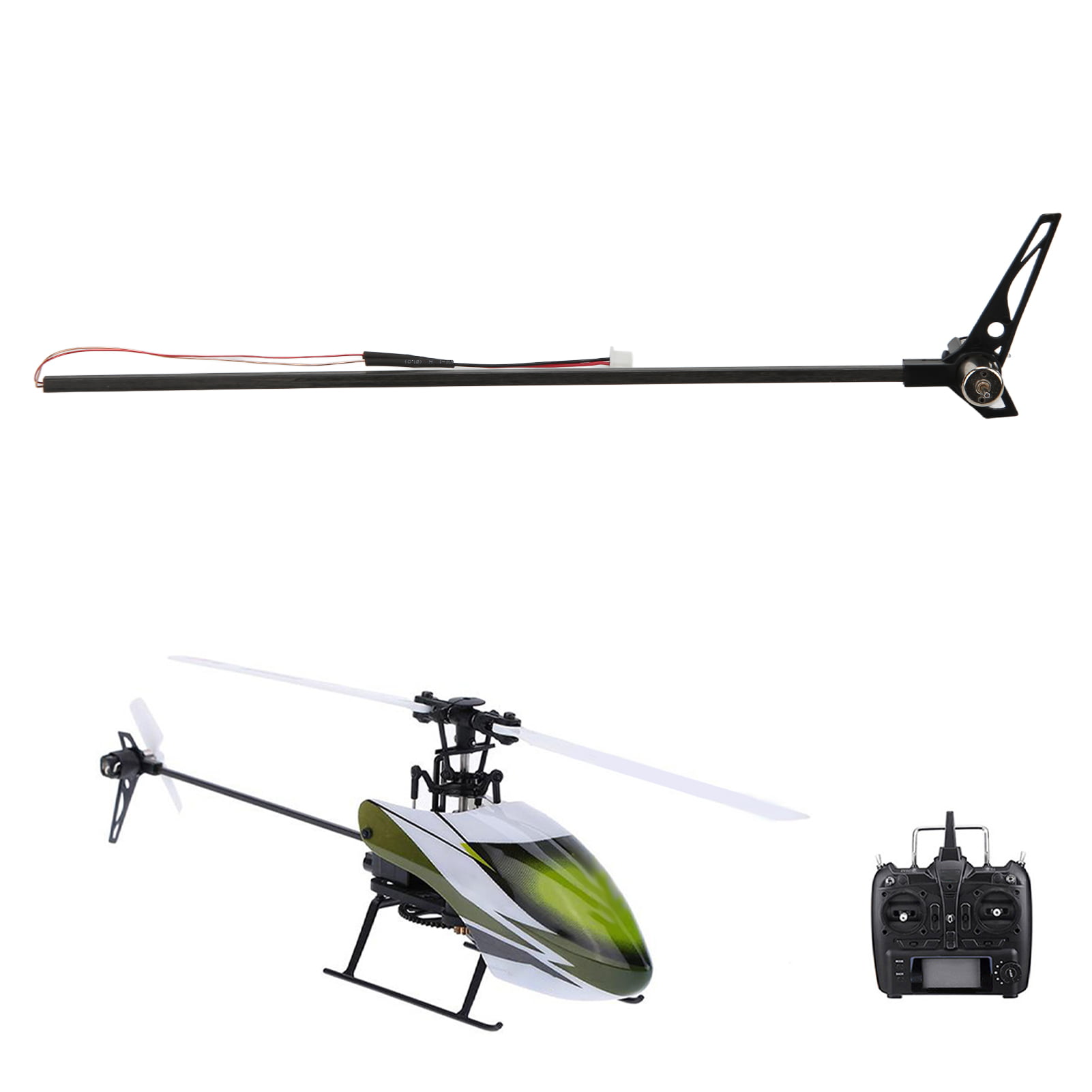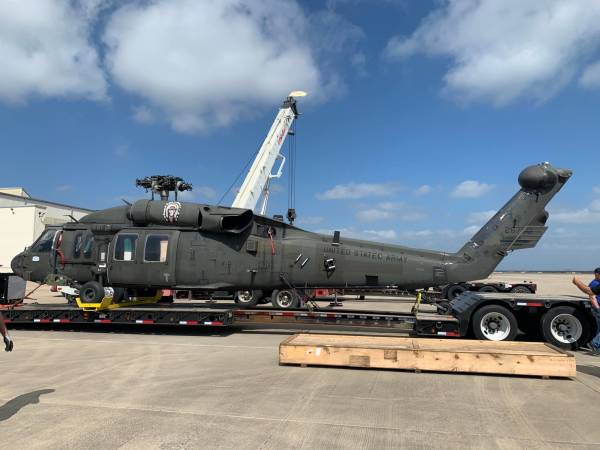The Facts About Helicopter Replacement Parts Uncovered
Wiki Article
The Main Principles Of Helicopter Replacement Parts
Table of ContentsThe Of Helicopter Replacement PartsThe Definitive Guide for Helicopter Replacement PartsGetting My Helicopter Replacement Parts To WorkWhat Does Helicopter Replacement Parts Do?

With this hinge, when one blade flaps up, the various other flaps down. Flapping is triggered by a sensation called dissymmetry of lift. As the plane of rotation of the rotor blades is tilted as well as the helicopter begins to move onward, an advancing blade and a pulling back blade ended up being well-known (on two-bladed systems).
This causes higher lift to be developed on the advancing blade, creating it to rise or flap. When blade turning reaches the point where the blade ends up being the retreating blade, the additional lift is shed as well as the blade flaps downward. [Number 5] Completely expressed blades blade systems give hinges that allow the rotors to relocate fore and also aft, along with backwards and forwards.
When first beginning to rotate, the blades delay up until centrifugal force is completely established. Once rotating, a decrease in rate triggers the blades to lead the main rotor center up until forces enter equilibrium. Consistent changes in rotor blade speeds create the blades to "search." They are totally free to do so in a fully expressing system because of being mounted on the upright drag joint.
The Definitive Guide to Helicopter Replacement Parts
Toward that end, the usage of elastomeric bearings in main rotor systems is raising. These polymer bearings have the ability to warp and also return to their initial form. Because of this, they can take in resonance that would typically be moved by steel bearings. They additionally do not call for normal lubrication, which reduces upkeep.These are centers and also center components that are constructed out of innovative composite products. They are developed to use up the pressures of blade searching and dissymmetry of lift by flexing. As such, several joints and bearings can be gotten rid of from the practice major blades system. The outcome is a simpler blades mast with lower upkeep as a result of fewer relocating parts.
Normally, helicopters have in between 2 and also 7 major rotor blades. These rotors are typically made of a composite structure. The big rotating mass of the main rotor blades of a helicopter produce torque.
[Figure 8] Controlled with foot pedals, the countertorque of the tail rotor should be regulated as engine power levels are transformed. This is done by changing the pitch of the tail rotor blades. This, consequently, transforms the amount of countertorque, and the airplane can be rotated concerning its vertical axis, allowing the pilot to regulate the direction the helicopter is facing.
The Greatest Guide To Helicopter Replacement Parts

This reduced pressure creates a pressure counter to the torque generated this hyperlink by the main blades. In addition, the remainder of the air from the follower is sent through the tail boom to an air vent on the aft left side of the boom More hints where it is removed. This activity to the left creates an opposite response to the right, which is the instructions needed to respond to the major blades torque.
It can be relocated any kind of direction to turn the plane of rotation of the rotor blades. This triggers the helicopter to relocate the direction that the cyclic is moved. As mentioned, the foot pedals regulate the pitch of the tail rotor blades consequently stabilizing major rotor torque. Figures 11 and also 12 highlight the controls located in a regular helicopter.

Numerous blades designs and configurations have been carried out with time. Solitary major rotor helicopters are the most common type of helicopter They need an anti-torque device (tail rotor or various other anti-torque system) to neutralize the turning momentum produced by the main rotor, which is powered by one or more engine(s).
What Does Helicopter Replacement Parts Do?
One of the most usual anti-torque gadget is a tail rotor, which is made to make up the torque created by the main blades. EC25 single primary rotor helicopter A tandem rotor helicopter has 2 main blades systems as well as no tail rotor. Generally the back blades is mounted at a greater position than the front rotor, and the 2 are developed to avoid the blades colliding, should they bend into the various other rotor's path.The design of the drive and also control system are much more challenging than the ones of a solitary main blades helicopter (helicopter replacement parts). Ch47 Chinook helicopter with tandem rotors Coaxial blades are two primary blades installed on one mast, sharing the very same axis of turning however kipping down opposite instructions, one in addition to the other.
The helicopter will certainly yaw to the left if the clock smart revolving rotor generates more lift, and also it will yaw to the right if more lift is generated by the counter-clock wise turning blades. The drag produced by the blades is quite big as a result of the interference of air movements, so these helicopters do not typically have a high travelling rate.
Report this wiki page